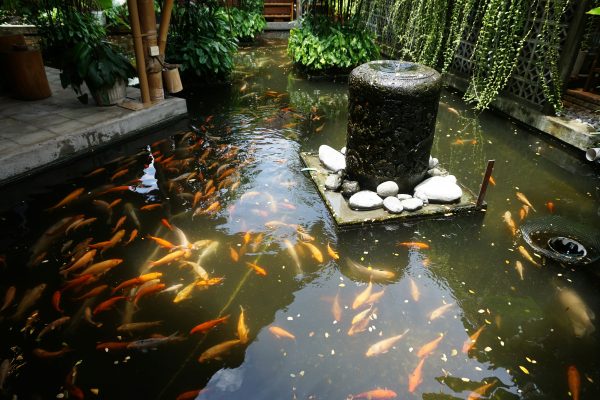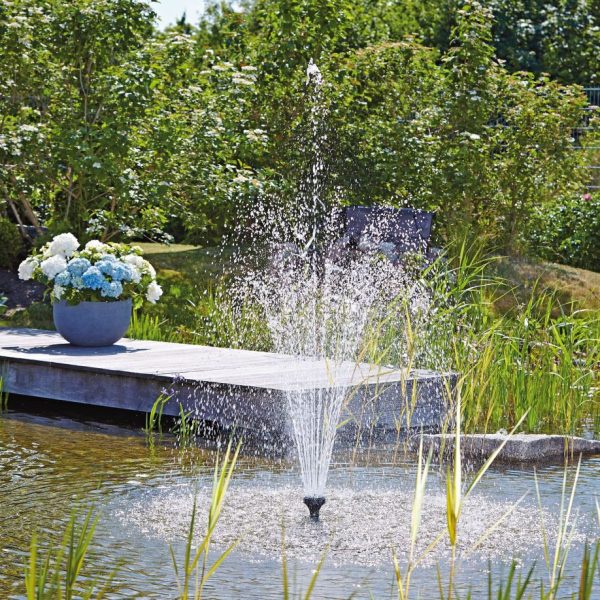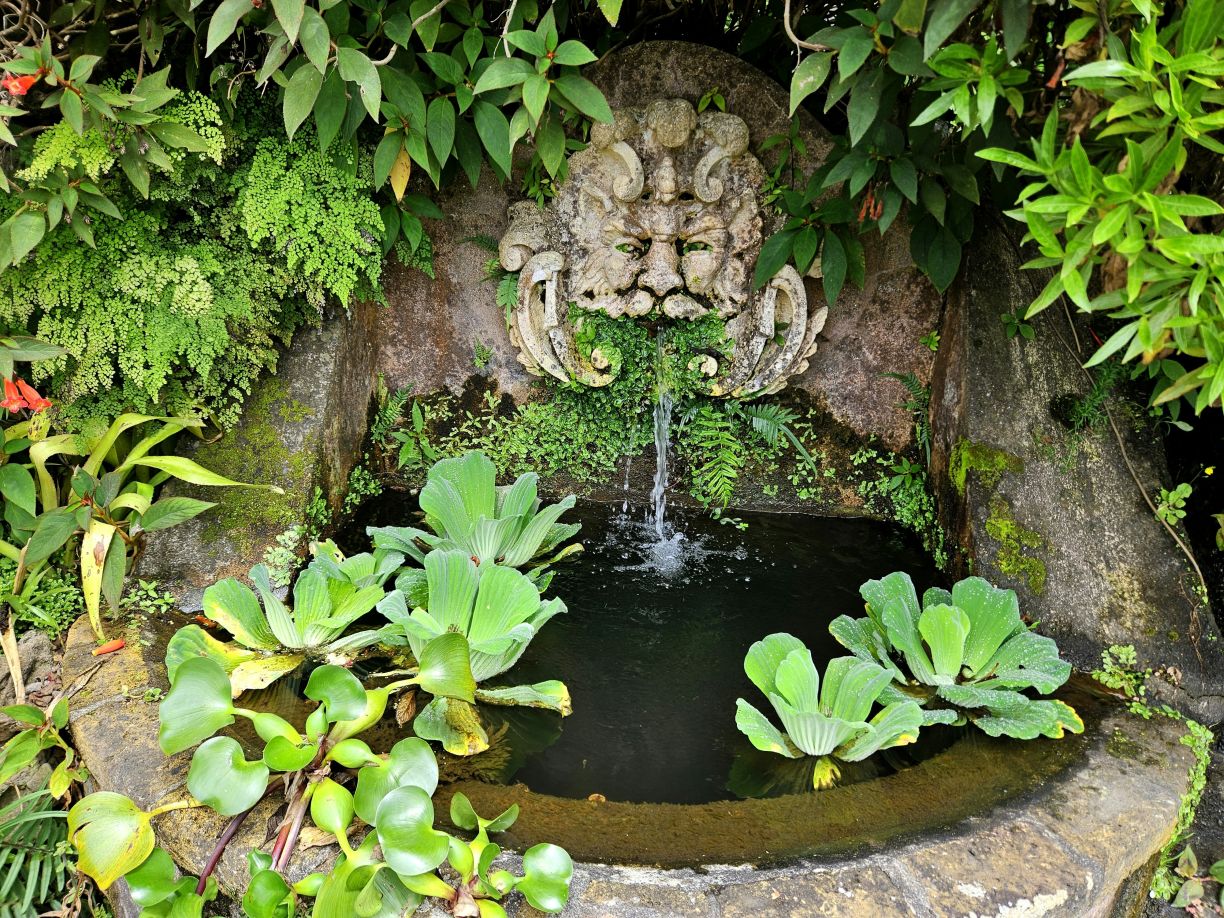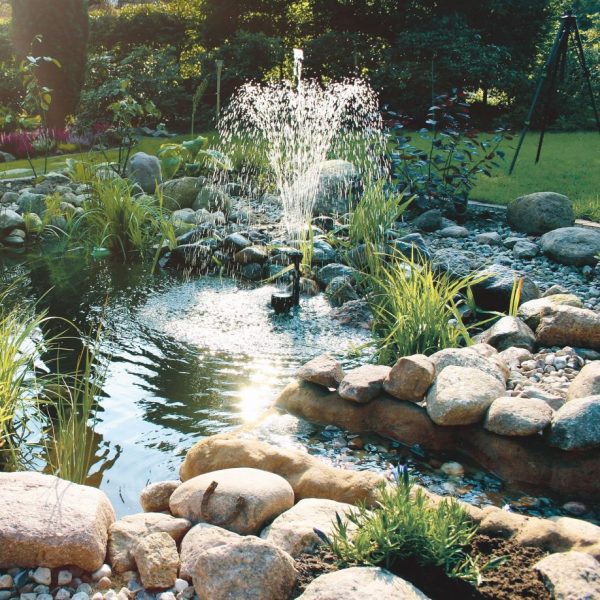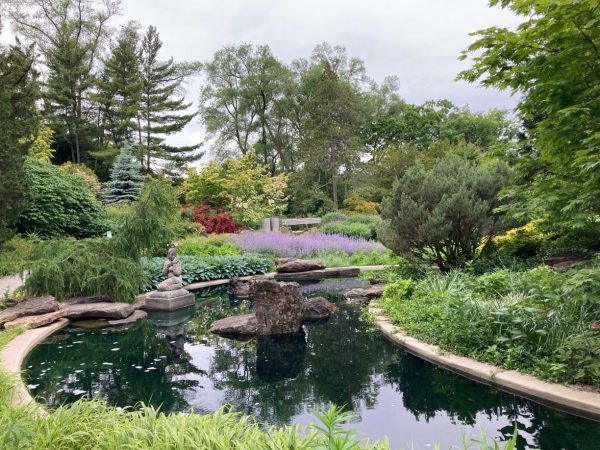The Ultimate Guide to Outdoor Ponds: Design, Maintenance & Stunning Benefits
Transform Your Garden with a Beautiful Outdoor Pond!
Dreaming of a serene water feature in your backyard? Whether you want a tiny tabletop pond for your balcony or a sprawling koi paradise, this guide covers everything—from choosing the right size and style to essential maintenance tips. Let’s dive in!
Choosing the Perfect Pond Size
The size of your pond affects maintenance, cost, and the types of fish and plants you can keep. Here’s a quick breakdown:
1. Small Ponds
(Under 50 Gallons)
Perfect for Beginners!
✅ Best for: Patios, balconies, or tiny gardens.
✅ Features:
– Made from containers like barrels or ceramic pots.
– Low maintenance, great for first-timers!
– Supports small aquatic plants (dwarf lilies) and tiny fish (mosquito fish).
⚠️ Considerations:
– Needs frequent water changes.
– A mini fountain pump can help with aeration.
2. Medium Ponds
(50–500 Gallons)
The Sweet Spot!
✅ Best for: Backyard water gardens with goldfish and lush plants.
✅ Features:
Ideal for small koi, goldfish, and aquatic plants.
Can include a small waterfall or fountain for sound and aeration.
Easier to maintain than tiny ponds.
⚠️ Considerations:
Requires a good filtration system.
Watch for algae—regular cleaning is key!
Types of Outdoor Ponds – Which One Fits Your Style?
3. Wildlife Ponds
Design: Shallow edges with native plants.
Features: Attracts frogs, dragonflies, and birds—no fish allowed!
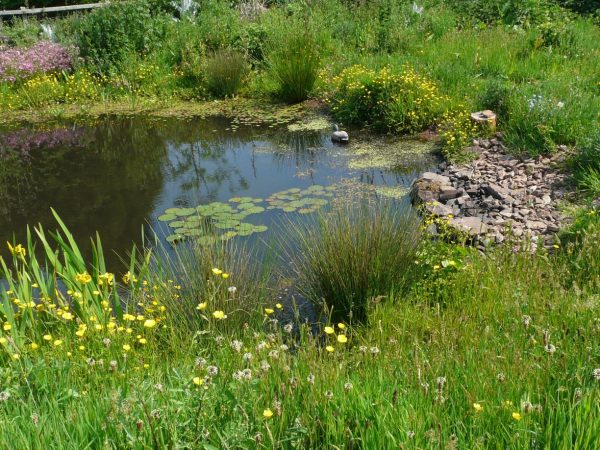
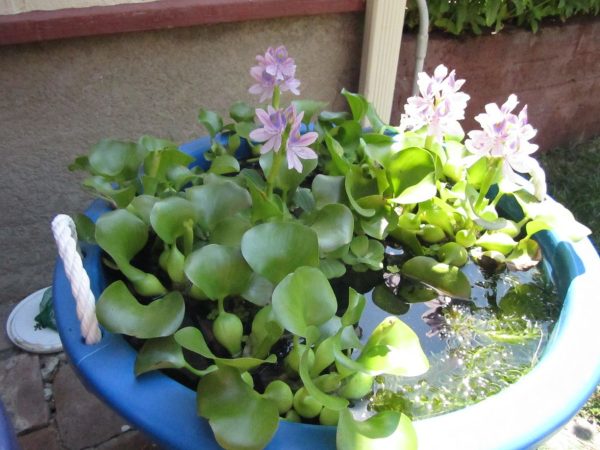
4. Container Ponds
Design: Portable & space-saving (barrels, tubs).
Features: Perfect for urban balconies—add floating plants!.
5. Natural Swimming Ponds
Design: Combines a swimming zone with a plant-based filtration area.
Features: No chemicals—just pure, clean water!
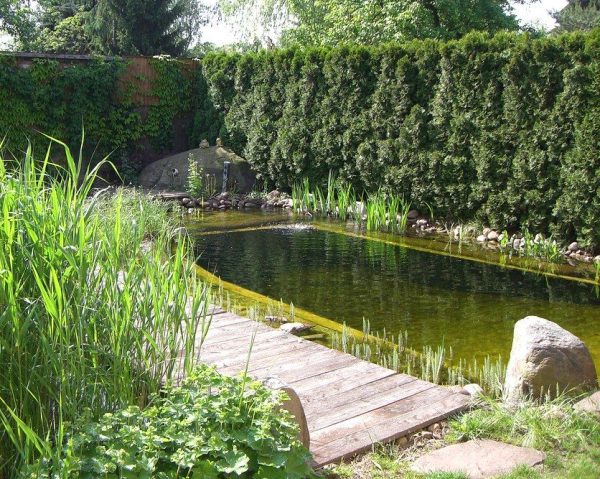
Pond Styles: Formal vs. Natural
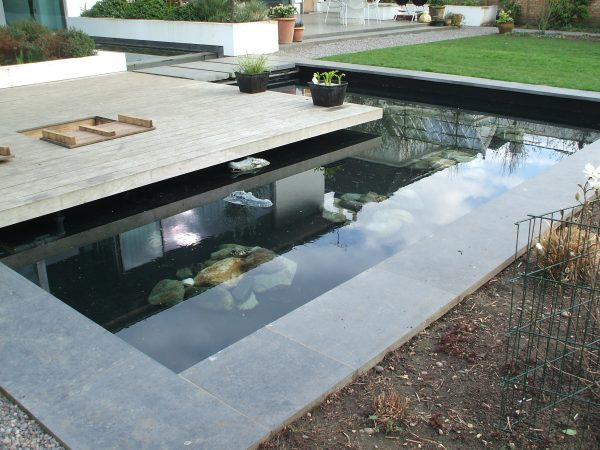
Formal Ponds
Clean, geometric shapes (circles, rectangles).
Uses stone, tile, or concrete for a polished look
Pairs well with fountains or statues.
Natural Ponds
Freeform, irregular shapes.
Rocks, gravel, and native plants create a wild, organic feel.
Often includes a gentle waterfall.
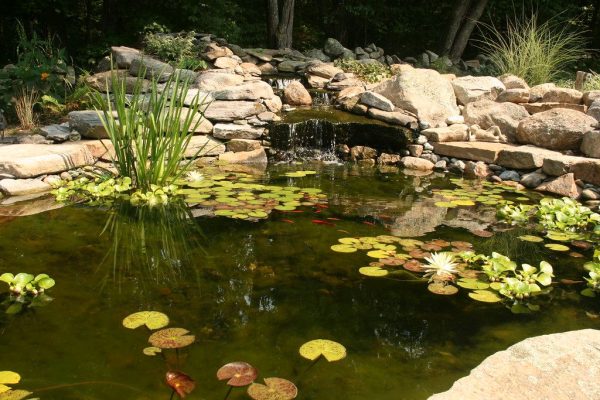
Pond Materials – Which is Best?
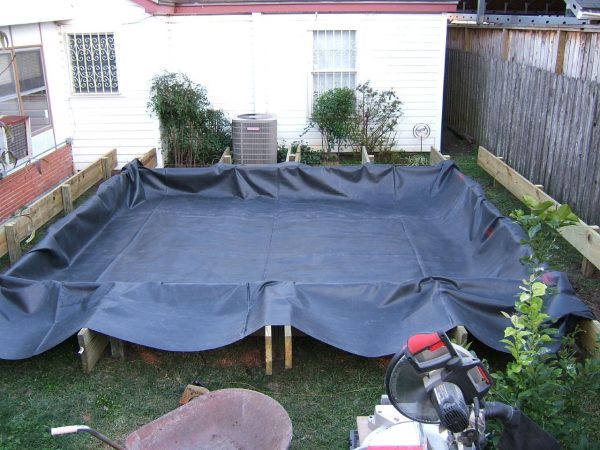
Flexible Liner (EPDM/PVC)
Pros – Custom shapes, durable (20+ years)
Cons – Needs underlayment
Preformed (Fiberglass)
Pros – Easy install, sturdy
Cons – Limited shapes
Concrete
Pros – Extremely durable
Cons – Expensive, can crack
Container (Barrels)
Pros – Affordable, portable
Cons – Small size only
Final Thoughts: Ready to Build Your Dream Pond?
A well-designed pond enhances your garden’s beauty, supports wildlife, and brings tranquility to your outdoor space. Whether you want a mini Zen retreat or a grand koi sanctuary, the right planning makes all the difference.
🔹 Need more inspiration? Visit WaterGardenWorld.com for expert tips and stunning pond ideas!
💬 Which pond style is your favorite? Comment below! 👇
Liked this guide? Share it with fellow pond lovers!
